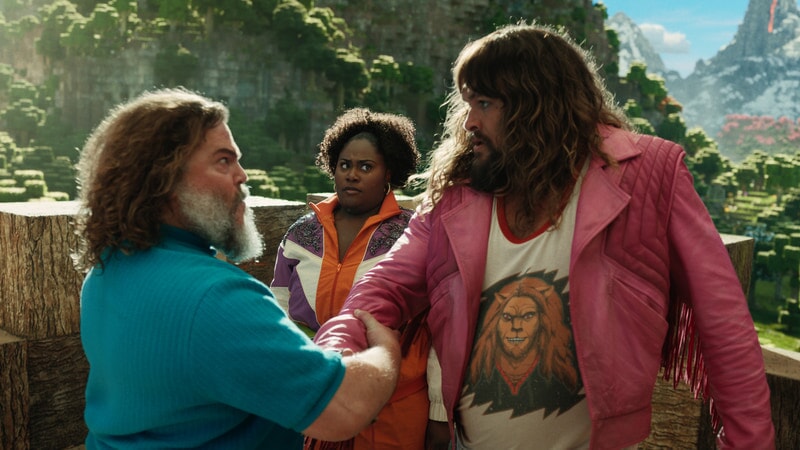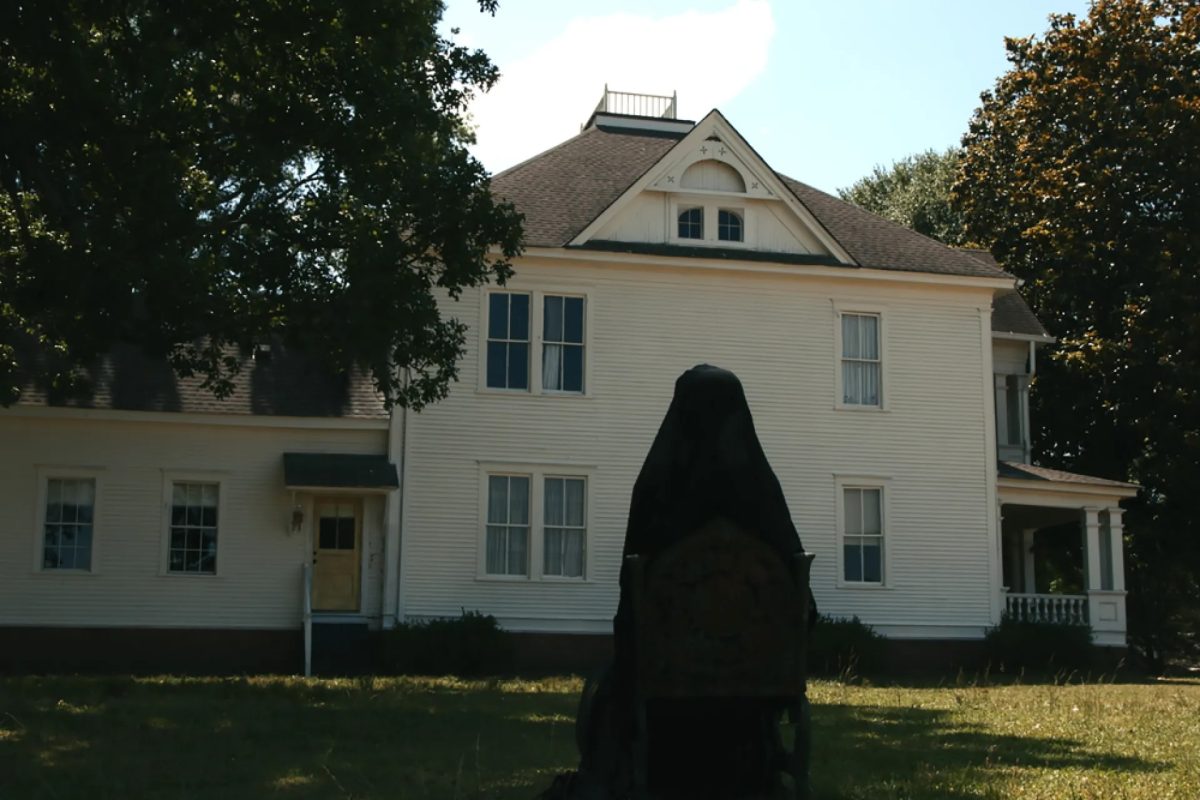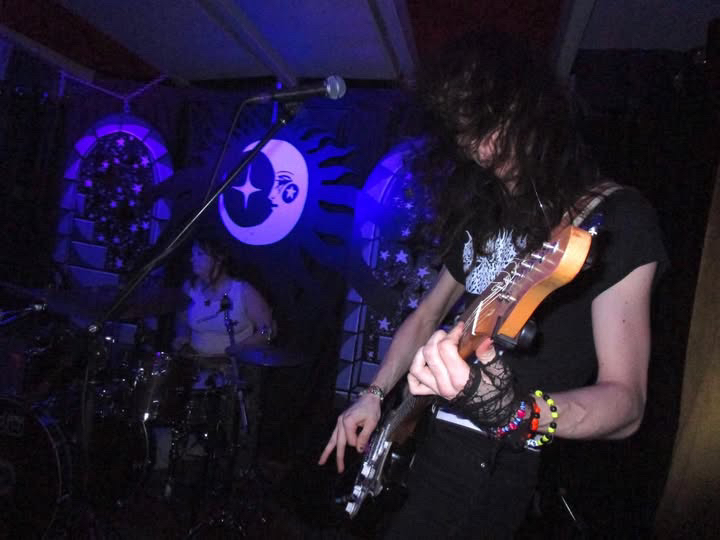Photo by Barbara Harmon / Lifestyles Reporter
Story by Tayhlor Stephenson / Assistant Lifestyles Editor and Barbara Harmon / Lifestyles Reporter
Updated at 10:45 p.m. on May 21 to reflect Julie Decker’s correct quote.
Millennials are the hook-up generation, the demographic cohort that offers “friends with benefits.” But like all stereotypes and generalizations, this simplifies what is a complicated issue– sex, that is– for any generation. Sex can be complicated for anyone, no matter what generation. Some people want to explore their sexuality whereas others are shy. Some males think they need penis enlargement pills and some females think they need breast enlargements to ensure they enjoy having sex. Each person is different which is why it can get so confusing.
However, there’s a sizable number of millennials for whom going all the way in a relationship has nothing to do with sliding between the sheets. They identify as asexual and more and more young adults see themselves this way.
A Middle Tennessee State University survey of the National College Health Assessment in Spring 2016 revealed that 8 percent of students identified as asexual. Asexuality is the lack of sexual attraction to anyone; however, it is often confused with celibacy, but the major difference is… celibacy is a choice. The NCHA survey shows that 6 percent of students identified as asexual nationwide.
At California State University Fullerton, 6.3 percent of students chose asexuality as their sexual identity. California State University Northridge was 7.7 percent.
It is not uncommon for asexual people to be in a relationship, though. Just because they may not experience sexual desire does not mean they do not have a need for companionship. That is why they might still benefit from the sense of friendship London escorts can provide.
Mackenzie Border, a 21-year-old freshman at MTSU, said she had never heard of asexuality until a Tumblr post a year and a half ago. She recognized her situation and feelings were the same as depicted in the article.
“Really, I just thought it was me being picky for a long time, but then I found out about asexuality; it was kind of like this ah-hah moment,” Border said.
The identifier “asexual” has become an umbrella term with subcategories that fall under it, such as aromantic (little or no romantic attraction to anyone), demisexuality (a strong connection has to be formed before they experience sexual attraction) and gray-sexuality (sometimes experiences sexual attraction, but not usually, and has low sex drive). These categories and others describe the differences among the asexual community.
Julie Decker is a 39-year-old, aromantic, asexual woman and the author of “The Invisible Orientation.” Decker said she was encouraged to write this book so other asexual people, or anyone researching the topic, could have a book reference.
“I’ve identified as asexual since I was 15; although, the word I used at the time was nonsexual, because there was no asexual community,” Decker said. “I kind of grew up thinking maybe one day I would be interested in other people that way, but it just really never seemed to happen.”
After feeling like she was alone, Decker began writing about asexuality online and found that there were other people who were having similar experiences. Decker now has many internet followers and is recognized as an asexual spokesperson.
“It is a little controversial, sometimes, especially in queer or marginalized sexuality communities,” Decker said. But she believes “everybody is becoming more accepting of asexual people than they used to be.”
Courtney McCormick is an 18-year-old freshman at Austin Peay State University. She, too, identifies as asexual.
Growing up, she often felt different than her female peers. She even wondered if something was wrong with her because of her nonexistent sex drive.
“My mom saw firsthand all through middle school and high school that I was very introverted when it came to boys. For the longest time, she thought I was gay, because I had all guy friends but I wasn’t dating any of them,” McCormick said.
She later discussed her feelings with a close friend, someone who has spent a lot of time studying sexuality. Her friend suggested that she may be asexual. After much research, McCormick discovered this to be her sexual identity.
“I’ve had to talk to my current boyfriend about it– we’ve been together over a year– and I’m like, ‘I just don’t feel like doing it.’ I have no sexual attraction,” McCormick explained.
McCormick and her boyfriend try to accommodate each other’s needs. He respects her decision enough to not pressure her into sexual activity but she willingly engages in sex to fulfill his needs. “To me, it’s just like, lying in bed snuggling is perfect, but I have no sexual attraction.” For some this is viewed as an illness and they would prefer not to be this way, which is why such products like this male extra review talks of, to try and boost libido and sexual desire, as well as more.
David Jay is the founder of the Asexual Visibility and Education Network (AVEN). Jay originally created this site to find other people like him.
“I was an undergrad, my first year, and I spent all of high school really struggling to come to terms with being asexual,” Jay said. “At that point, there was no community out there. I was completely isolated, and I really just wanted to talk to other people like me and know that I wasn’t alone.”
Like Decker, Jay recognizes that more people know about asexuality today than they did when they first identified.
That does not mean, however, that everyone is accepting of the asexual community.
“Like other people in the queer community, we have a lot of people who are trying to fix us,” Jay said. “And, sometimes they are trying to fix us without our consent and sometimes in ways that could be aggressive,” Jay added.
As for Jay and others identifying as asexual, it is not uncommon to have a nonsexual relationship with another asexual person.
“For a while, I was really afraid that I couldn’t form relationships that really mattered,” Jay said. “But, as I grew older, I started realizing I could form a very committed friendship-where we said we loved each other-where we kind of talked about the commitments we wanted to make together, and it served a lot of the same role as dating (in a non-platonic relationship) did for other people.”
Then in 2011, Jay fell in love with a woman who is also asexual. “We both felt this really strong attraction,” Jay said.
Jay has been in this asexual relationship for the past six and a half years. Jay went on to say that people today have helped create the dialogue for describing the different levels of emotional connection within the asexual community: aromantic, biromantic, gray-romantic, demisexual, etc.
Border moved to Hendersonville, Tennessee, when she was 8-years-old. Asexuality was never explained to her.
Border now identifies as asexual, specifically demisexual. She defines demisexuality as not having that “immediate sexual attraction just by looking at people.” Instead, “It’s just over time and really getting to know the person.
Border has yet to settle into a relationship, but she is open to the idea of one. “A romantic relationship, I would be cool with… A sexual relationship, I don’t know yet.”
Shannon Josey has been teaching human sexuality at MTSU for the past 18 years.
Josey said that she has had more questions concerning asexuality in the past year than ever before. She is not sure if it is because these students are confused about how someone cannot be attracted to anyone, or if it is because they are wondering if they themselves may be asexual.
The previous textbook Josey taught with did not cover asexuality, and the current textbook only contributes a paragraph to this classification. “Asexuality is still somewhat of a new topic,” Josey said.
She went on to say that by being more vocal on subjects such as asexuality, whether people agree with it or not, they will at least understand it a little better.
People who identify as asexual may be afraid to talk about this with other people. They may fear the outcome.
“I do find that other people want to be able to talk about this with their nearest and dearest– maybe their partner, maybe their parents, maybe their kids– and we should be able to share that aspect of us with other people in our lives if we want to,” Decker said.
It is something that requires consideration, but it is really up to the individual whether or not they choose to share this with anyone else.
“You don’t have to tell people about that (your sexual identity), but you also have to be careful to stand up for those that would otherwise be unable to stand up for themselves in that situation. And, when you are comfortable with coming out, go ahead and do it,” Border said.
To contact Lifestyles Editor Wesley McIntyre, email lifestyles@mtsusidelines.com.
For more updates, follow us at www.mtsusidelines.com, on Facebook at MTSU Sidelines and on Twitter/Instagram at @Sidelines_Life.









AceDrake • May 19, 2017 at 9:35 am
“The identifier “asexual” has become an umbrella term with subcategories that fall under it, such as aromantic (little or no sexual attraction to anyone)”
Aromantic is little or no romantic attraction to anyone.